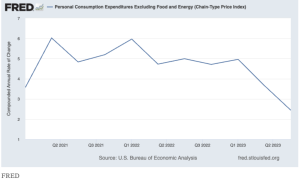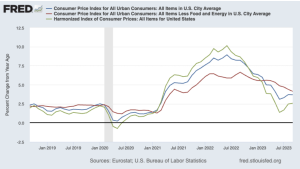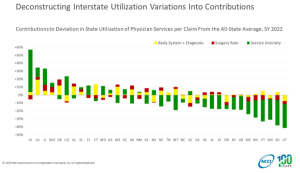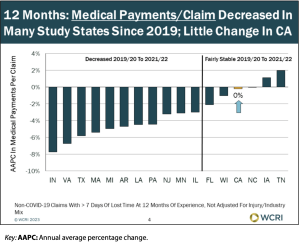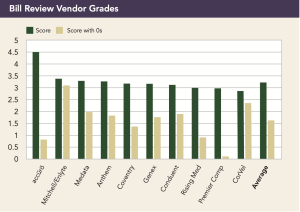During another holiday week a few years back I penned a terrific post on customer service. If I do say so myself, and I do.
Customer service comes to mind as I sit on a transcontinental flight from NYC to Singapore to attend our son’s wedding.
For once I did the smart thing…my lovely bride and I are on Singapore Air, consistently the top-rated airline for customer service. Oh my what a difference between this airline and any other I’ve flown in the past several decades. And I’ve flown a LOT.
Singapore Airlines is…fabulously wonderfully totally about its customers.
One incredibly tiny example…I got up to use the restroom, and an impeccably polite steward very diplomatically noted that cabin service had been halted due to turbulence and perhaps I should stay in my seat unless my sojourn was of utmost importance. I aborted the trip and returned to my seat.
Five minutes later anther flight attendant came by to inform me that things were back to normal and I could safely walk about the cabin. A tiny thing, totally insignificant and yet a blindingly clear demonstration of how serious these people take customer service.
Management clearly gets it. And I will fly Singapore whenever I possibly can. Because any time a flight attendant is that focused on customer service, it is because the entire enterprise is – most importantly top management.
Allow me to reprise the post from 2018, as it is even more topical today.
To that point, here’s an example of a huge business that completely misses the point.
This summer (back in 2018) American Airlines allowed flight attendants to give little things to passengers upset about delays or other problems. Frequent flyer miles, drink coupons, seat upgrades, stuff that didn’t cost AA anything but made angry passengers feel that AA cared about the problems the airline caused.
Then, some genius at HQ decided this was a bad idea.
This from Forbes:
Every time some bright young marketing executive tried to make American (or some other airline) more responsive, and more quickly responsive to passengers’ dissatisfaction by empowering front-line workers to offer some form of compensation, the bean counters back at headquarters quickly noticed that the cost of such empowerment escalated rapidly. The result, alas, always has been the dramatic reduction or elimination of front-line workers’ authority to solve customer service issues at the point of contact.
Instead of fixing the problem, the corporate knuckleheads tried to deal with the fallout – but stopped when it cost too much.
update – American is currently rated #82 out of the world’s best airlines. Well behind RyanAir (!!!), Air Mauritius and Azerbaijan Airlines, This isn’t due to American’s front line workers, rather management decided service is about #82 on their list of important things.
This is exactly what killed US manufacturing, autos, and many other businesses. At the end of their assembly lines, GM, Ford, and Chrysler diverted many just-built cars with manufacturing defects to another mini-factory.

Auto worker using hammers to straighten a hood on a just-built car…
There, very skilled and very expensive workers diagnosed and fixed cars that had just been built. These guys are yesterday’s American Airlines flight attendants, tasked with fixing problems caused by management.
Clearly senior management didn’t understand that if they spent the time and energy and dollars to do it right the first time, they wouldn’t have to a) fix problems with cars they just built, and b) deal with pissed-off customers.
Yes, it takes that time and energy and dollars. But the results are measured in customers kept, service problems eliminated, and extra costs avoided.
Or, you can just wait for your businesses’ version of Honda to come in and eat your lunch.
What does this mean for you?
Find out what your customers want, and do it right the first time. They will love you and reward you for it.


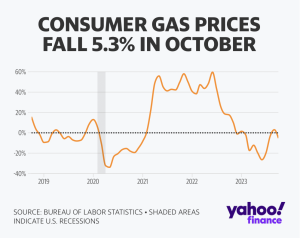
 Chinese ship attacking Vietnamese coast guard ship
Chinese ship attacking Vietnamese coast guard ship



